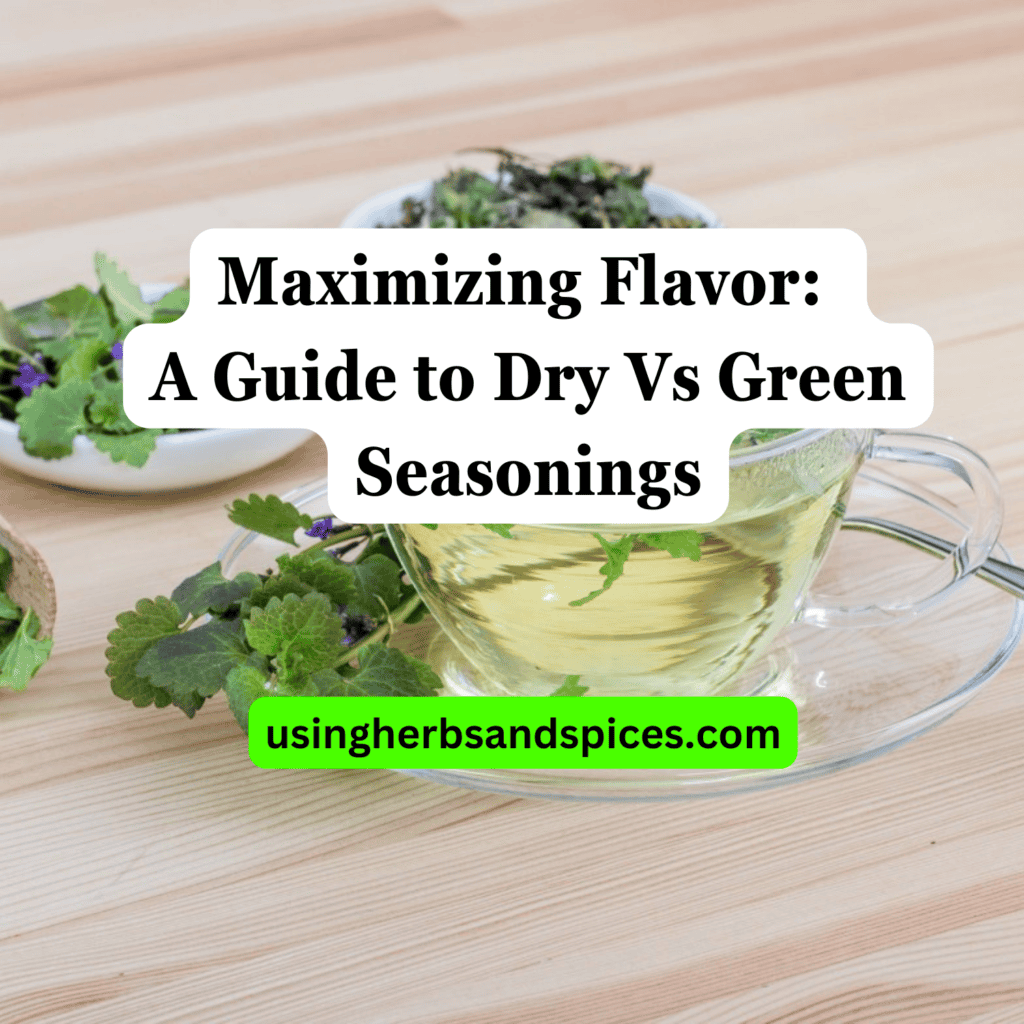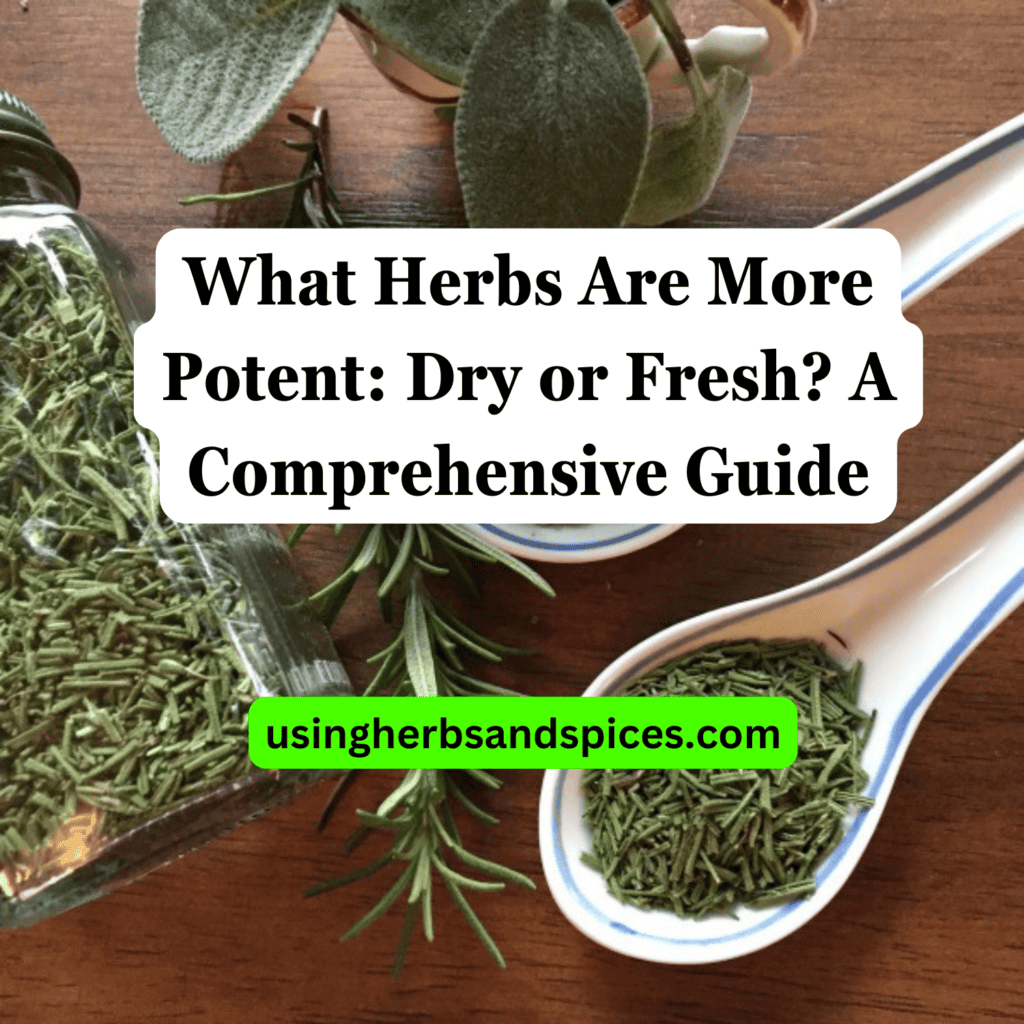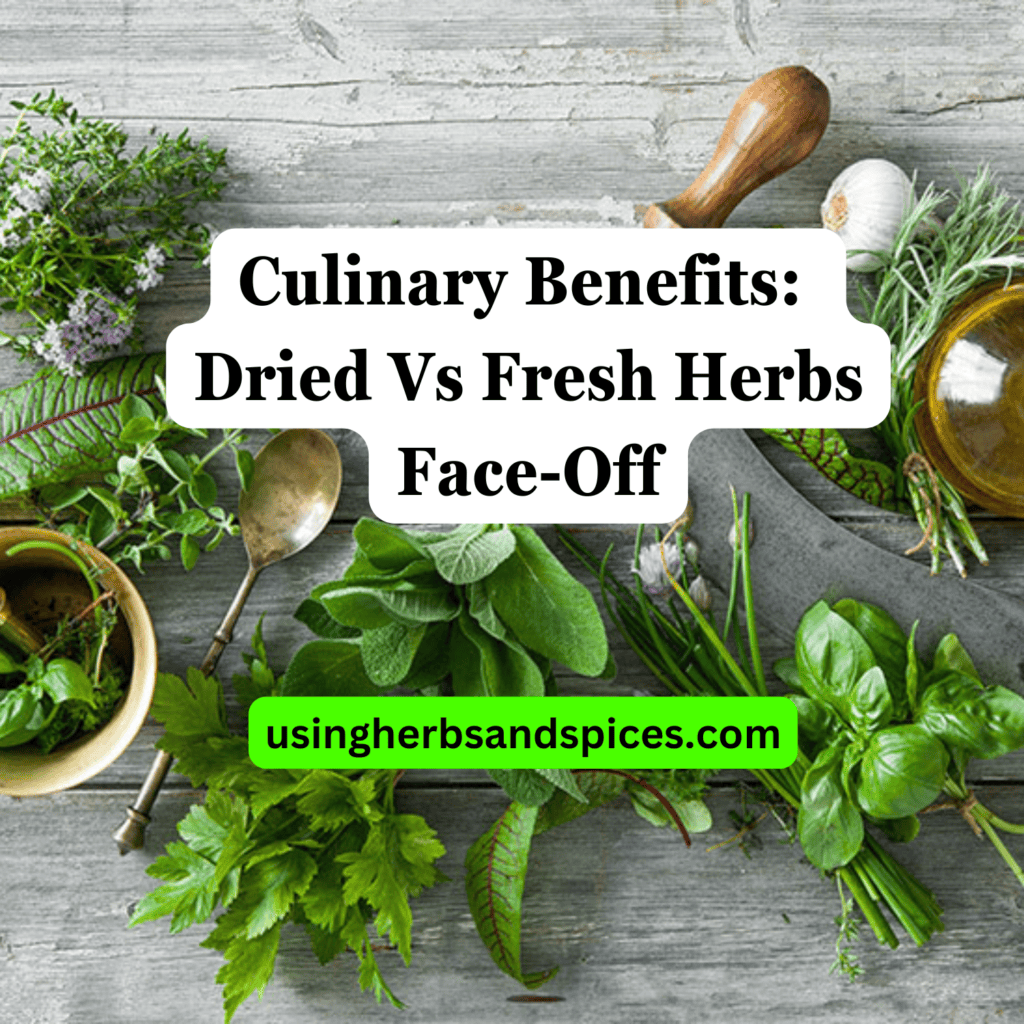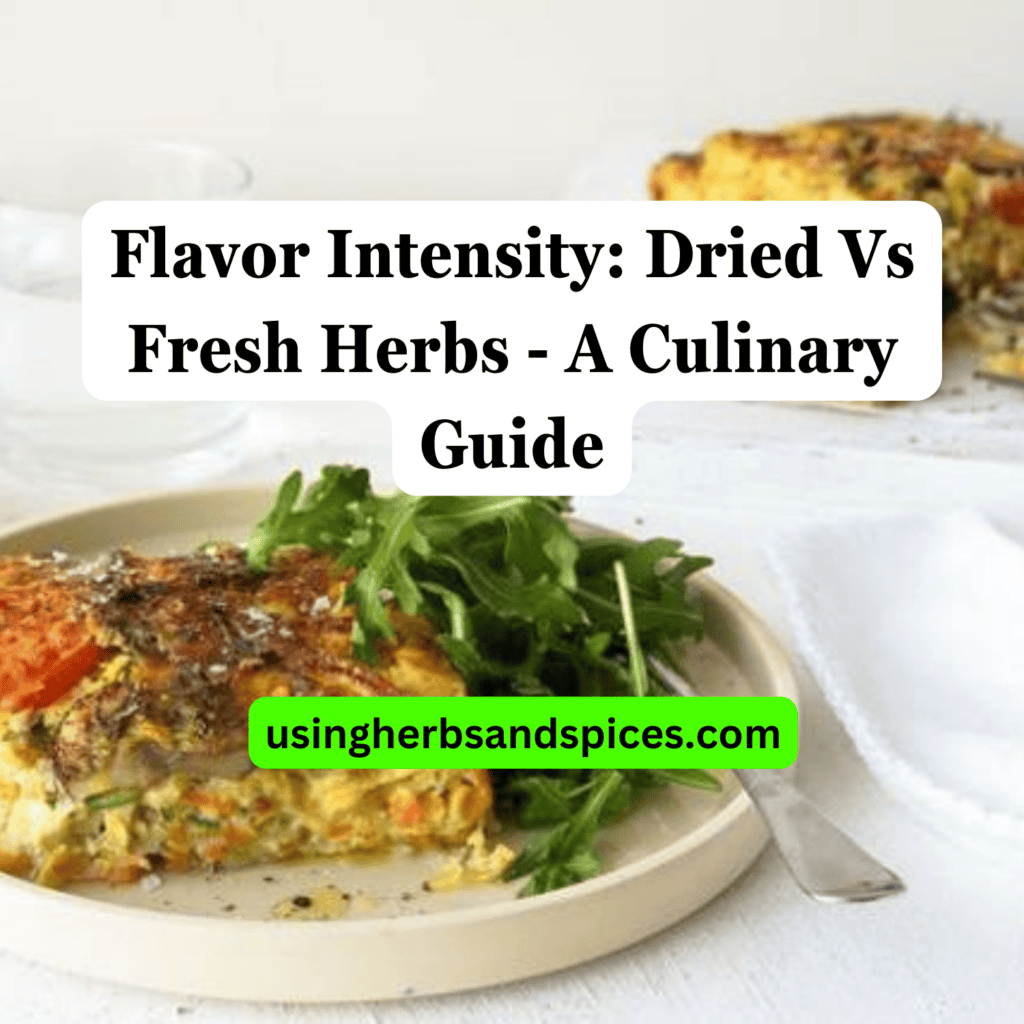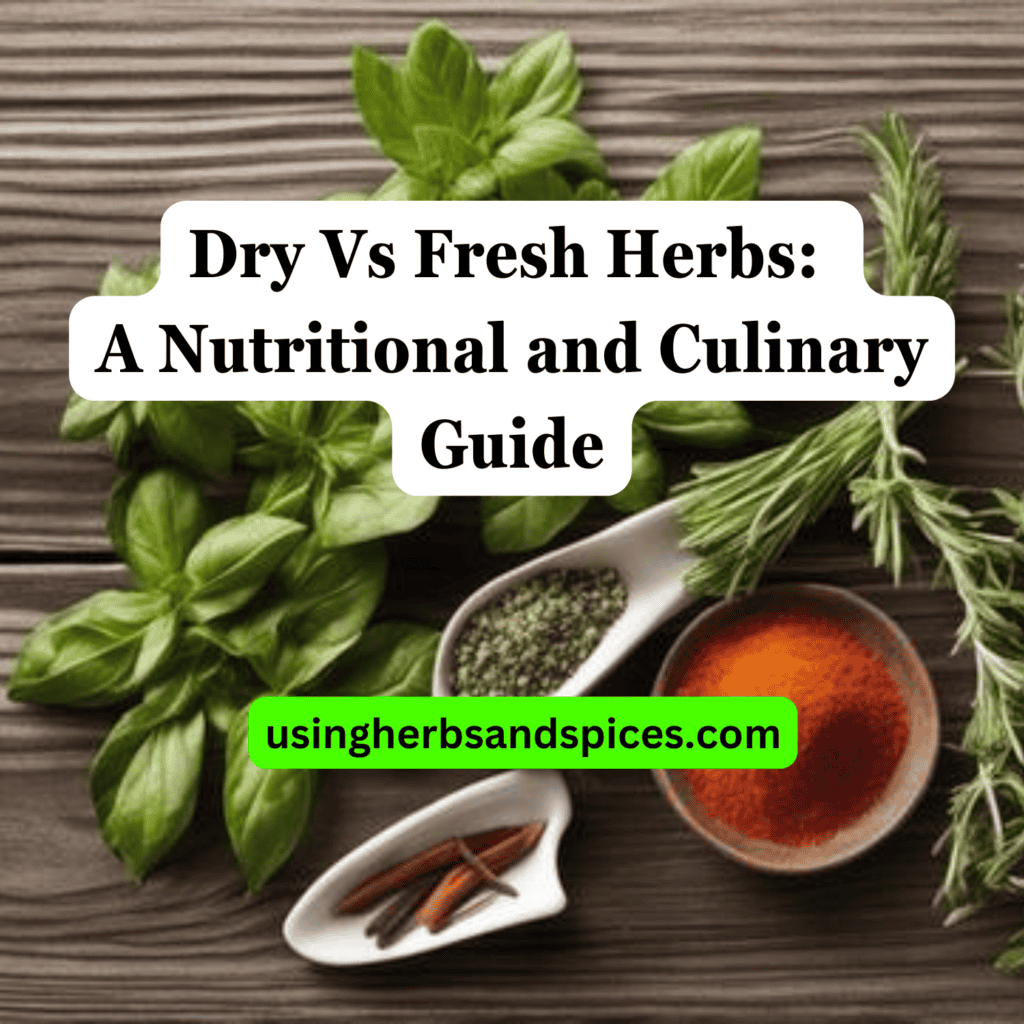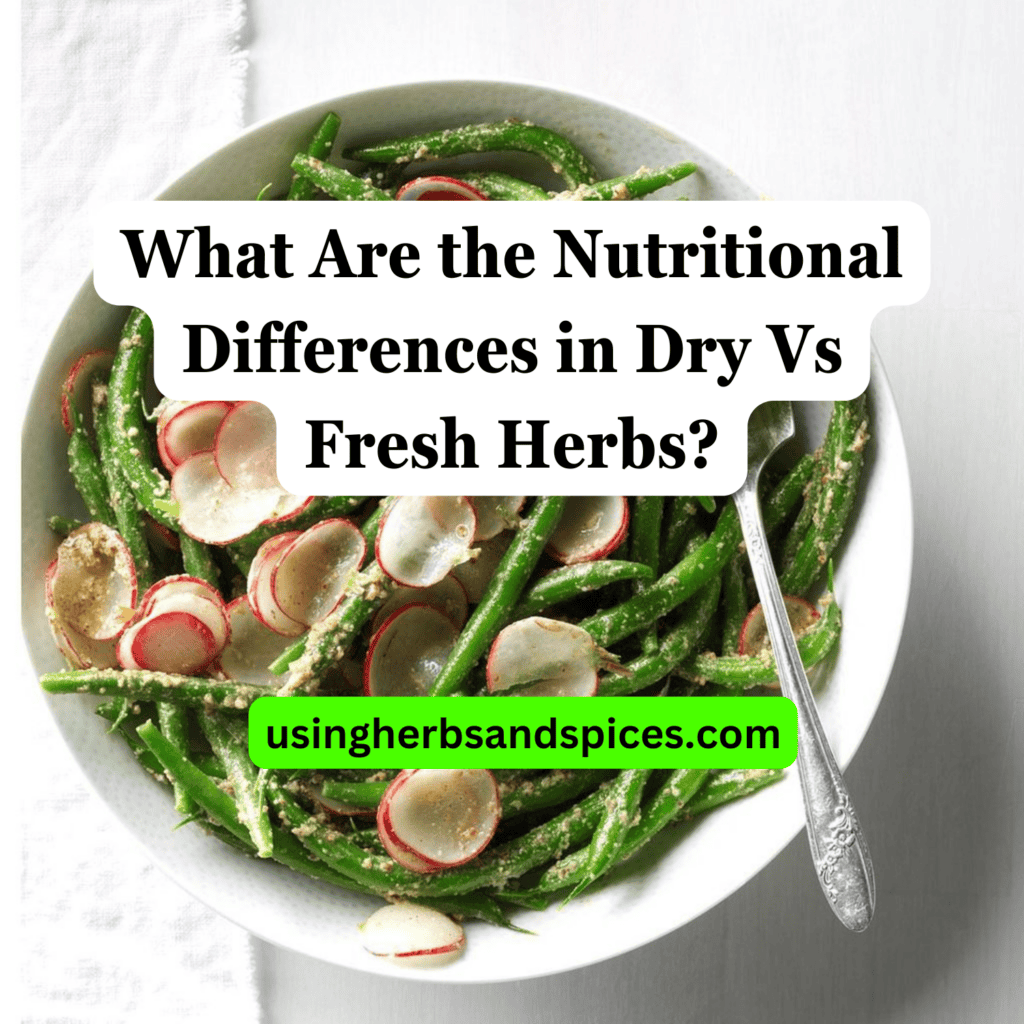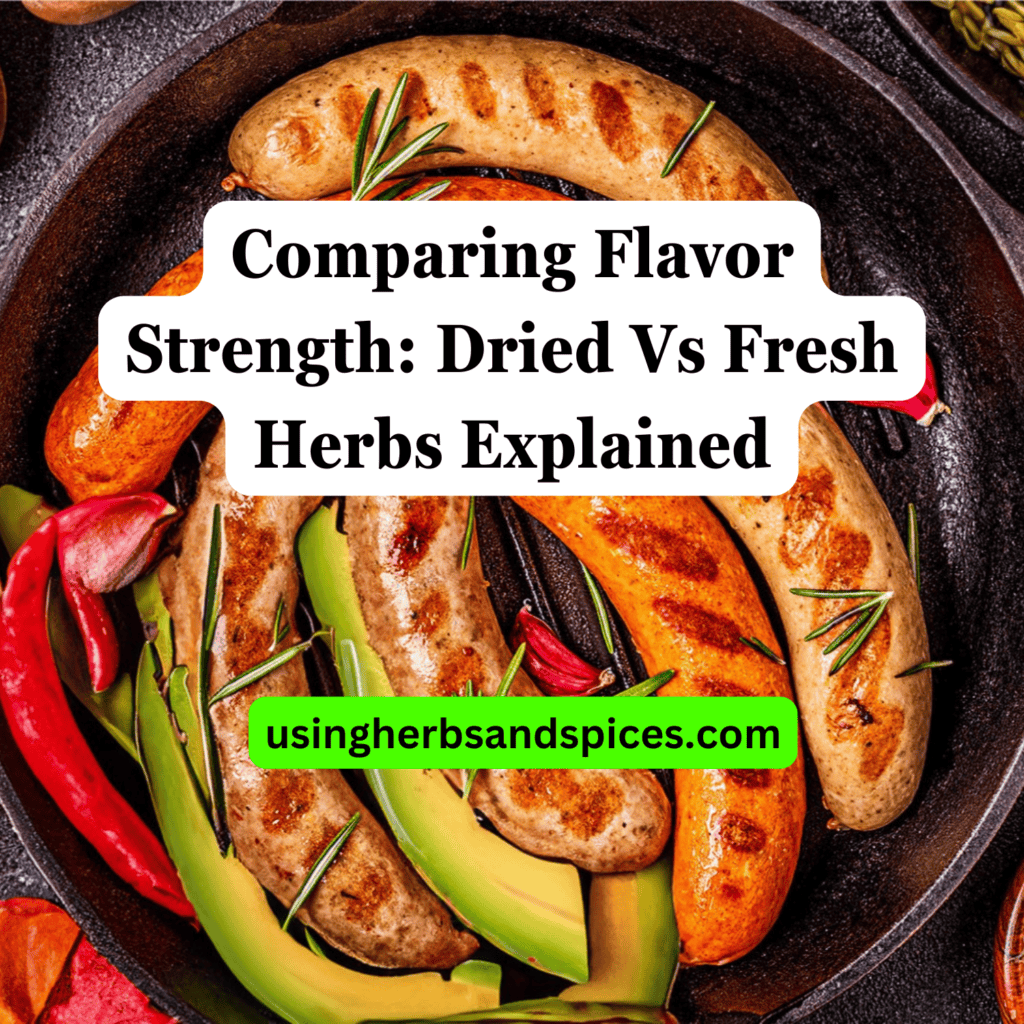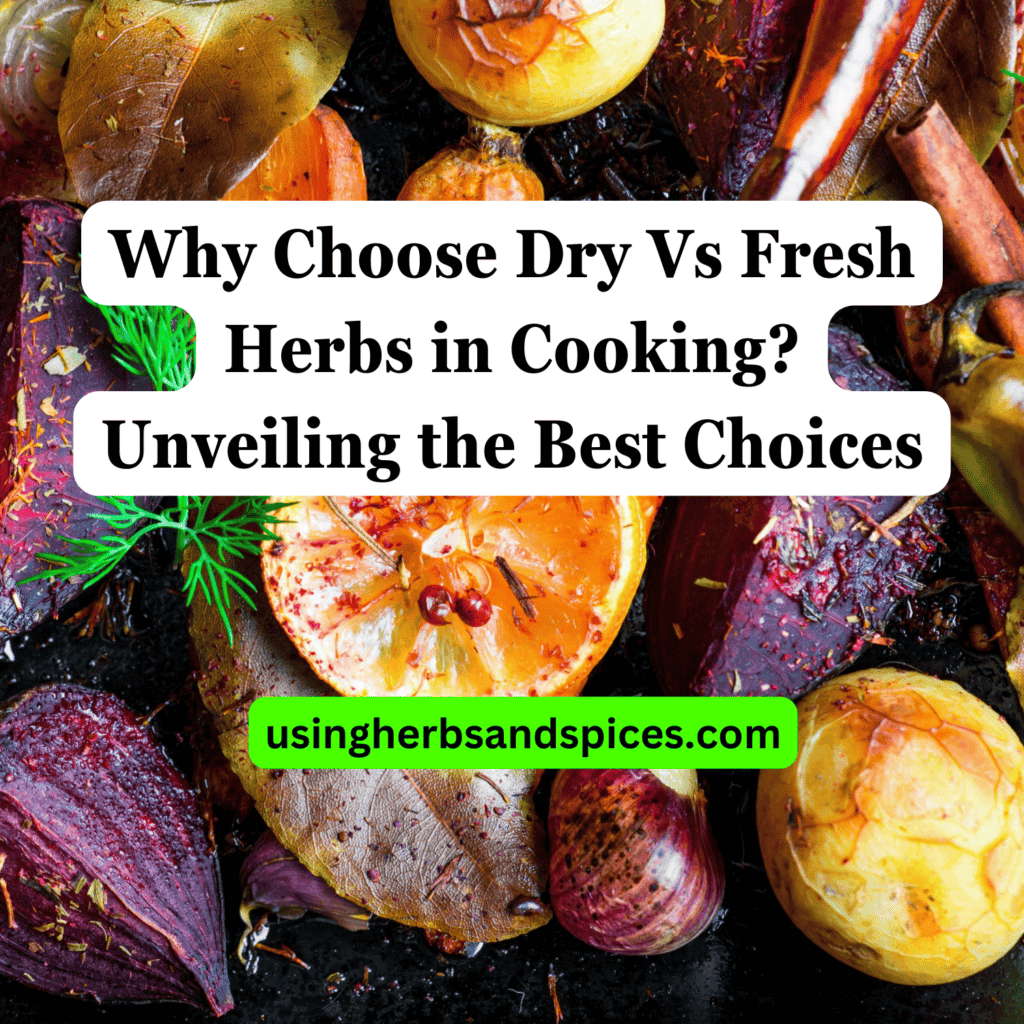SUMMARY: Choosing the right way to use fresh herbs can make meals tastier and more eye-catching, from infusing flavors and using them as garnishes to understanding when to add them while cooking for maximum impact.
Ever wondered why your herb-flavored dishes sometimes lack that restaurant-quality taste and aroma?
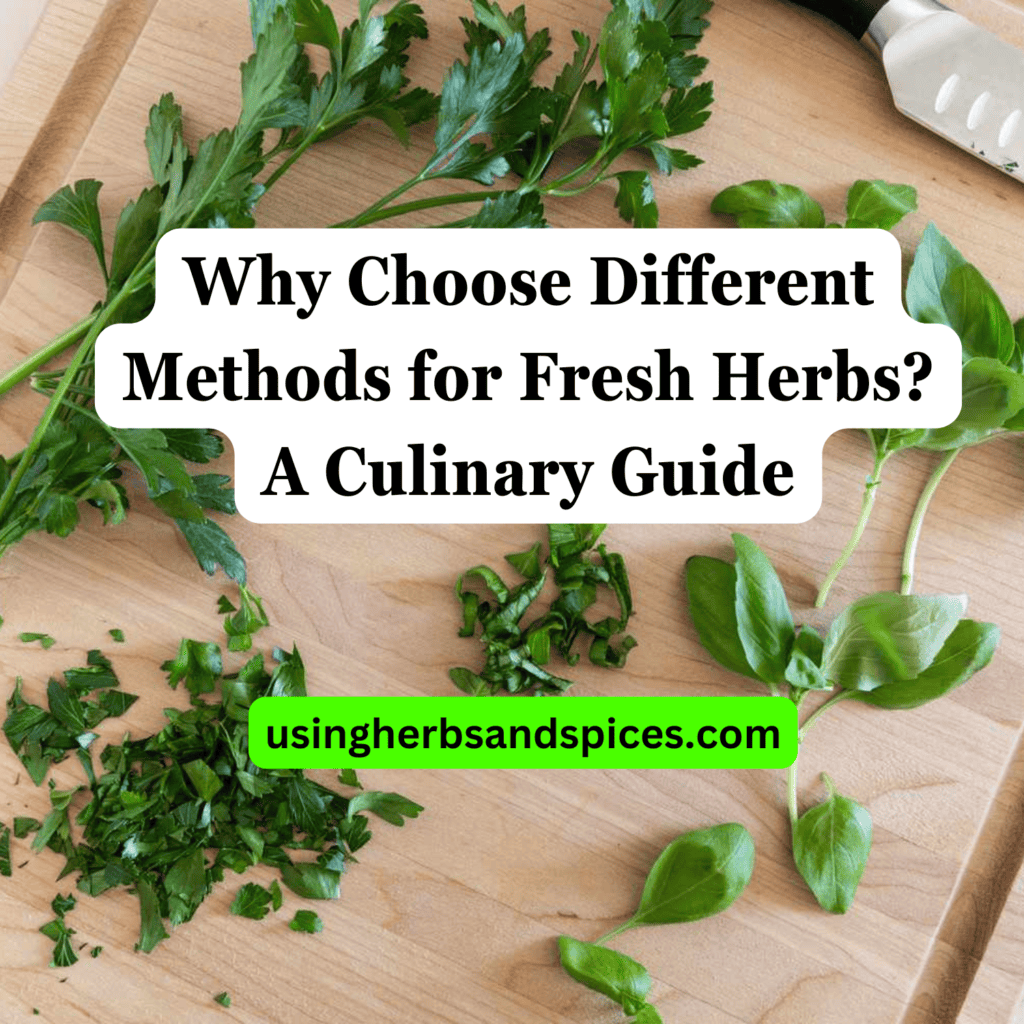
Choosing the right method for adding fresh herbs could be the game-changer you’re looking for.
- Infusing your dishes with the subtle elegance of herbs.
- Turning a simple meal into a visual and flavorful masterpiece with garnishes.
- Mastering the timing of adding herbs to unlock their full potential.
- Blending herbs and foods for perfect flavor marriages.
Continue reading to unlock the secrets of culinary experts and elevate your cooking with fresh herbs.
Infusion: Elevating Flavors and Aromas
The art of infusion involves incorporating herbs into oils, waters, or other cooking mediums to subtly enhance flavors and aromas without overwhelming the dish. Choosing to infuse means valuing the delicate balance that herbs can bring to both savory dishes and desserts alike.
Whether you’re looking to elevate a simple broth or create a herbaceous base for a more complex recipe, the method of infusion allows the essence of the herbs to seep into the dish, imparting nuanced flavors that are impossible to achieve through other methods.
- Consider the compatibility of the herb with your medium; not all herbs infuse well into all bases.
- Gentle heat can help release the flavors of the herbs into the infusion without cooking them directly.
- Timing is crucial – too short, and the flavor won’t infuse; too long, and the herbs can become bitter.
Embracing the technique of infusion in your culinary adventures can transform ordinary ingredients into an extraordinary experience, making it a cornerstone in the arsenal of any cook aiming to fully utilize the potential of fresh herbs.
Finishing Touches: Fresh Herbs as Garnishes
The art of garnishing with fresh herbs goes beyond mere decoration; it’s a strategic choice to elevate the dining experience. The visual appeal of vibrant, green herbs can transform a simple dish into a visually stunning creation. But the benefits don’t stop at appearance. Integrating fresh herbs as garnishes also introduces a burst of flavor and a fresh aroma that can enhance the overall taste profile of your dish.
When selecting herbs for garnishing, consider the herb’s flavor and how it complements the main ingredients. For instance, basil can add a sweet and slightly spicy flavor to Italian dishes, while cilantro offers a lemony-lime complexity to Mexican and Asian cuisine. The key is to use herbs that harmonize with the flavors in your dish, rather than overpowering them.
To ensure your garnishes maintain their color and vibrancy, add them at the very end of the cooking process or just before serving. This not only preserves their aesthetic appeal but also retains their delicate flavors, which can be diminished or lost through prolonged exposure to heat. Furthermore, employing techniques like chiffonade for basil or simply plucking the leaves of herbs like parsley and cilantro can present your dishes in a more appealing way, showing thoughtfulness and care in the presentation.
Embracing fresh herbs as garnishes not only enhances the dish’s flavor and presentation but also adds a layer of texture. This thoughtful finishing touch can elevate an ordinary meal into an extraordinary culinary experience, showcasing the versatility and impactful contribution of fresh herbs in cooking.
Cooking with Herbs: Timing and Preparation
Understanding the precise moment to add herbs to your cooking can dramatically alter the taste and aroma of your dishes. Generally, herbs fall into two categories: hardy and delicate. Hardy herbs, such as rosemary, thyme, and bay leaves, withstand longer cooking times and are best added at the beginning of the cooking process. Their robust nature allows them to slowly release their flavors, infusing the dish thoroughly.
Delicate herbs, on the other hand, such as basil, cilantro, and parsley, have a lighter flavor profile that can be diminished or entirely lost with prolonged heat exposure. To preserve their essence and vibrant color, incorporate these herbs towards the end of the cooking process or use them as a garnish. This method ensures their freshness is maximized, enhancing the dish with a burst of flavor and a splash of color.
Preparation is equally important when cooking with herbs. Rinse fresh herbs under cold water to remove any dirt and pat them dry gently to avoid bruising the leaves. When it comes to incorporating them into your dishes, consider the texture and desired outcome. For instance, finely chopping or mincing herbs can distribute their flavor more evenly, while using them whole may be more appropriate for infusions or when looking for a subtler hint of herbaceousness.
By paying close attention to the timing and preparation of herbs, you can unlock a new dimension of taste in your culinary creations. Whether you choose to highlight a single herb or create a complex blend of flavors, these considerations will guide you towards achieving the desired impact on your dishes.
Marrying Flavors: Blending Herbs with Foods
The art of combining herbs with the right foods can elevate a simple dish to a culinary masterpiece. Understanding how different herbs enhance certain food types is key to creating harmonious dishes. For example, the bright, lemony notes of dill pair wonderfully with fish, while the peppery zest of basil complements the natural sweetness of tomatoes perfectly.
When blending herbs with foods, consider the flavor profile of both the herb and the food. Strong, robust herbs such as rosemary and sage can stand up to the flavors of red meat and game, adding depth and complexity. In contrast, delicate herbs like chervil and tarragon work best with lighter fare such as poultry, eggs, and cream-based sauces, offering a subtle hint of flavor that enhances without overpowering.
Experimentation is encouraged, but there’s also wisdom in adhering to time-honored combinations that have stood the test of time, such as parsley with lamb, cilantro with spicy cuisines, and mint with peas and carrots. The goal is to achieve a balance where neither the herb nor the food dominates but instead come together to create a cohesive flavor profile.
Beyond pairing, the technique of blending plays a critical role. For instance, making herb-infused oils, butters, or pestos can distribute the herb’s flavor more evenly throughout a dish. Additionally, combining fresh herbs in salads, as part of a rub for meats, or even in desserts, can introduce unexpected but delightful flavor contrasts that make a dish memorable.
Techniques for Using Fresh Herbs in Cooking
Understanding the diverse methods for incorporating fresh herbs into your cooking is not just about enhancing flavors, but also about preserving their nutritional value and visual appeal.
- Infusion techniques subtly elevate the aroma and taste of dishes, making them an integral part of sophisticated cooking.
- Using fresh herbs as garnishes adds a burst of color and freshness, enhancing the visual presentation and flavor complexity of your meals.
- The timing of adding herbs during the cooking process is crucial for maximizing their flavor and health benefits, with a distinction between hardy and delicate herbs.
- Blending herbs with food requires understanding the flavor profiles of both to achieve harmony and depth in your dishes.
In conclusion, each method of incorporating fresh herbs offers unique benefits. By choosing the right method for your ingredients and desired outcome, you can elevate your cooking from good to gourmet. Embrace the versatility of fresh herbs to truly transform your culinary creations.
Fresh Herbs Cooking Methods FAQs
Why is it important to choose the right method for adding fresh herbs to dishes?
Choosing the right method for incorporating fresh herbs into your dishes is crucial for maximizing their flavor, aroma, and nutritional benefits. The method of addition can significantly affect the final taste and presentation of a dish, making it important to understand which techniques best suit various types of herbs and cooking styles.
Can all herbs be used for infusion?
While many herbs can be used for infusion, some are better suited than others due to their inherent flavors and aroma profiles. Delicate herbs like basil and mint are ideal for infusions, as they can impart subtle flavors without overpowering the dish or drink. It’s important to select herbs that complement the other ingredients and desired outcome.
How do I choose the right herbs for garnishing?
Choosing the right herbs for garnishing involves considering both the flavor they will add and their visual appeal. Fresh, vibrant herbs like parsley, cilantro, or chervil can enhance the appearance and taste of a dish. Consider the overall flavor profile of your dish and select herbs that will complement or contrast it beautifully.
What’s the difference between hardy and delicate herbs, and why does it matter?
Hardy herbs, such as rosemary and thyme, have tougher leaves and stems, which makes them suitable for longer cooking times without losing flavor. Delicate herbs, like cilantro and dill, have softer structures and are best added at the end of cooking or used raw to preserve their flavor. Understanding this distinction is vital for optimizing the taste and texture of your dishes.
Can blending different herbs together in a dish be too overpowering?
Blending different herbs together can create a unique and complex flavor profile, but it’s important to balance the flavors to ensure they’re not overwhelming. Consider the strength and characteristics of each herb and use them in proportions that complement rather than compete with each other. A thoughtful combination can elevate a dish, but overmixing can lead to muddled flavors.

